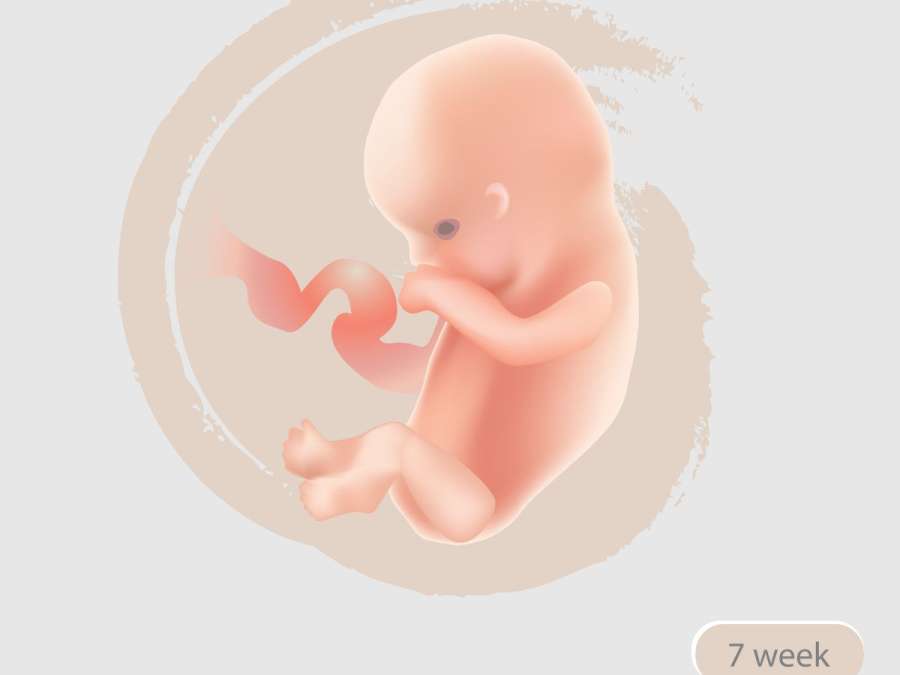Fetal anemia is a condition that affects unborn babies and can have severe consequences if left untreated. In this article, we will explore the causes, diagnosis, and treatment of fetal anemia, providing important information for expectant parents.
Understanding fetal anemia requires a look at the causes, symptoms, and treatments available to manage this condition. This is a crucial aspect that affects the oxygen-carrying capacity of a baby’s blood while in the womb. Fetal anemia can occur due to various reasons, including Rh incompatibility, infections, or genetic conditions. It has significant implications for the baby’s overall health and development. This article aims to provide information on how doctors diagnose it, the available treatments, and how they monitor the health of the baby and the mother. By looking into the specifics of fetal anaemia, expectant parents can be better equipped to navigate this complex medical condition. This also ensures the best possible outcome for the baby.
1. What is Fetal Anemia?
Fetal anaemia refers to a condition where an unborn baby’s red blood cell count is lower than normal, leading to a reduced oxygen-carrying capacity. This condition can arise due to various factors, posing a risk to the baby’s health and development.
a. Understanding the Severity of Fetal Anemia

Fetal anaemia can range from mild to severe, with the severity determined by the baby’s red blood cell count and the underlying causes. Severe cases require immediate medical attention.
2. Causes of Fetal Anemia
Understanding the causes of fetal anaemia is crucial for effective management and treatment.
a. Hemolytic Disease of the Newborn
- Rh Incompatibility: Rh incompatibility occurs when the mother’s blood type is Rh-negative, and the baby’s blood type is Rh-positive. This can lead to the destruction of the baby’s red blood cells.
- ABO Incompatibility: ABO incompatibility arises when the mother has a different blood type from the baby, causing the immune system to attack the baby’s red blood cells.
b. Non-immune Causes

- Alpha-Thalassemia: Alpha-thalassemia is a genetic condition where the baby cannot produce enough alpha-globin protein, leading to a reduced red blood cell count.
- Twin-to-Twin Transfusion Syndrome: In cases of identical twins, one twin may receive too many red blood cells (polycythemia), while the other twin suffers from anaemia (hypovolemia).
3. Diagnosing Fetal Anemia
Accurate diagnosis is important to determine the severity of fetal anaemia and guide treatment decisions.
a. Non-Invasive Tests
- Doppler Ultrasound: A Doppler ultrasound measures the blood flow in the baby’s blood vessels, helping to assess the severity of anaemia.
- Middle Cerebral Artery (MCA) Doppler: MCA Doppler is a specialized ultrasound that focuses on blood flow in the baby’s brain, providing crucial information for diagnosis.
b. Invasive Tests

- Amniocentesis: Amniocentesis involves analyzing a sample of amniotic fluid to measure the baby’s bilirubin levels, a marker for fetal anaemia.
- Cordocentesis (Percutaneous Umbilical Blood Sampling): Cordocentesis allows direct sampling of the baby’s blood from the umbilical cord, offering precise information on red blood cell count and other parameters.
4. Treatment of Fetal Anemia
Managing fetal anaemia depends on the cause, severity, and gestational age.
a. Immune Fetal Anemia
- Intrauterine Blood Transfusion (IUT): In severe cases of immune-fetal anaemia, IUT is performed by transfusing the baby’s blood with healthy red blood cells from a donor.
- Steroid Treatment: Steroids may be administered to the mother to help accelerate the baby’s lung development in preparation for potential IUT.
b. Non-Immune Fetal Anemia

- Alpha-Thalassemia: Management involves close monitoring and, in severe cases, early delivery and possible blood transfusion after birth.
- Twin-to-Twin Transfusion Syndrome: Treatment may involve laser ablation to seal the connecting blood vessels in the placenta. Alternatively, amnioreduction may be used to drain excess amniotic fluid.
5. Outcomes and Prognosis
The outlook for babies with fetal anaemia varies depending on the underlying cause and the timing of diagnosis and treatment.
a. Immune Fetal Anemia
- IUT Success: With timely and successful IUT, babies with immune-fetal anaemia can have favourable outcomes and go on to lead healthy lives.
- Complications: Severe cases or delays in treatment can lead to complications, such as brain damage or even stillbirth.
b. Non-Immune Fetal Anemia

- Alpha-Thalassemia: Babies with alpha-thalassemia may require lifelong treatment, including blood transfusions, and can have an average life expectancy.
- Twin-to-Twin Transfusion Syndrome: Outcomes vary based on the timing of intervention and the severity of the syndrome, with some babies facing long-term health challenges.
6. Support and Emotional Well-being
Coping with a diagnosis of fetal anaemia can be emotionally challenging for expectant parents.
a. Seeking Emotional Support
- Counselling: Professional counselling can help individuals and couples navigate the emotional impact of fetal anaemia and make informed decisions.
- Support Groups: Joining support groups for parents who have experienced or are currently dealing with fetal anaemia can provide a sense of community and shared understanding.
b. Self-care and Coping Strategies

- Self-Care: Prioritizing self-care, including rest, relaxation, and activities that bring joy, can help manage stress during this challenging time.
- Open Communication: Maintaining open and honest communication with doctors and loved ones is essential for emotional well-being.
Fetal anaemia is a complex and potentially serious condition that can impact the health and well-being of unborn babies. Understanding the causes, diagnosis, and treatment options is crucial for expectant parents facing this challenge. While outcomes vary based on the cause and timing of treatment, advances in medical technology and prenatal care offer hope for successful management. Additionally, seeking emotional support, practising self-care, and open communication can help people navigate the emotional aspects of coping with fetal anaemia.
